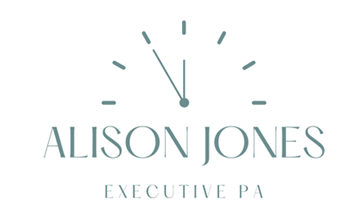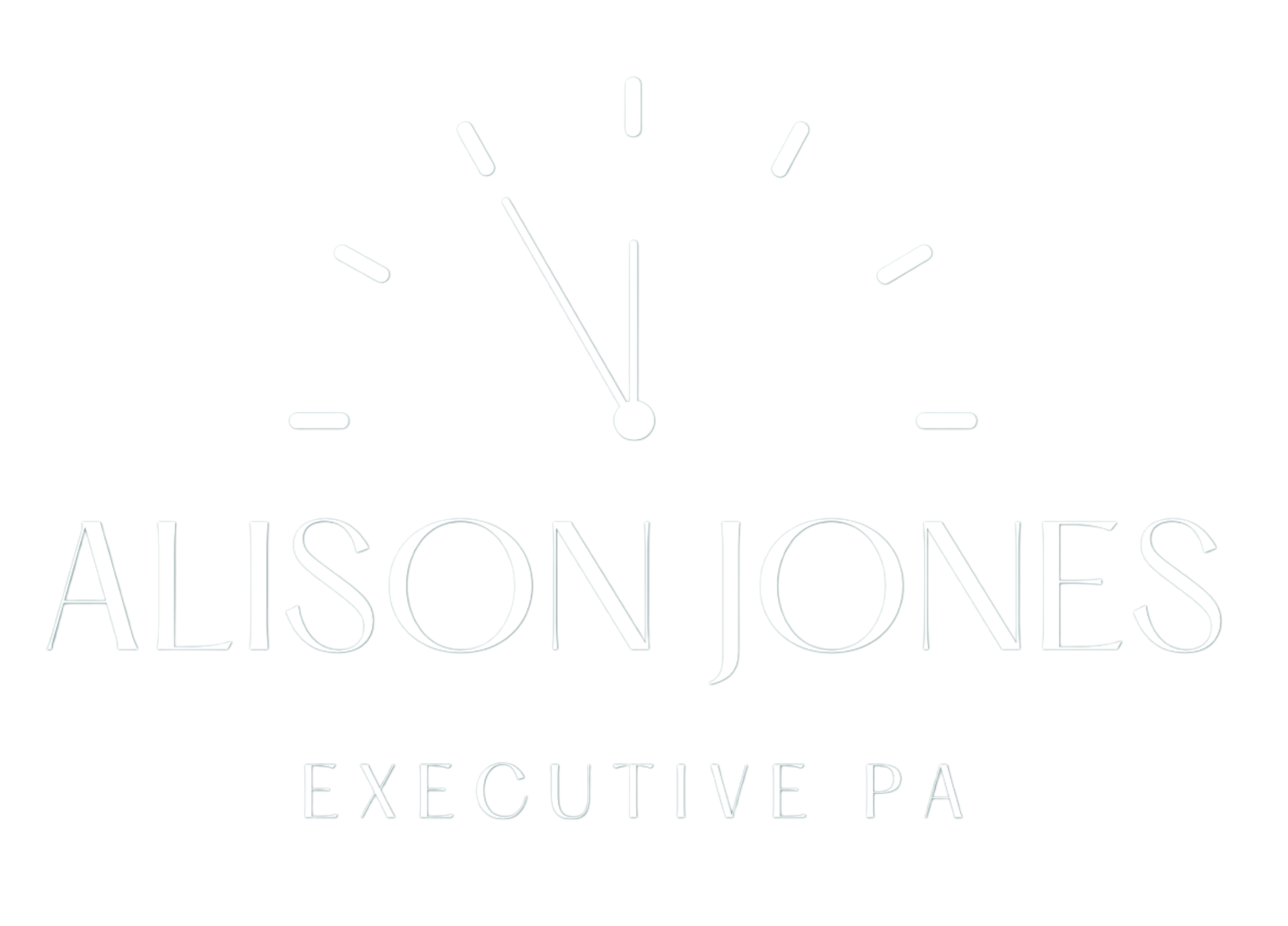Managing C‑Suite Expectations
Managing C‑Suite Expectations
Handling high‑pressure demands and last‑minute requests with professionalism
Understanding C‑Suite Priorities
Executives juggle strategic decisions, stakeholder pressures, and rapid changes. Consequently, they rely on Executive PAs to anticipate needs, streamline communication, and mitigate surprises. Therefore, grasping C‑Suite priorities—such as revenue targets, compliance deadlines, and brand reputation—is essential to manage expectations effectively.
1. Proactive Communication & Anticipation
First, establish weekly alignment sessions with your executive. During these meetings, review upcoming milestones, flag potential risks, and clarify shifting priorities. Moreover, summarise key talking points and circulate concise briefs before major events. By anticipating needs, you reduce last‑minute fire drills and build trust.
2. Clear Boundaries & SLAs
Next, set service‑level agreements (SLAs) that define response times and scope for urgent requests. For instance, agree on a 1‑hour turnaround for calendar changes and a 24‑hour window for non‑critical tasks. Additionally, use a dedicated channel—such as a VIP Slack group or priority email alias—to triage high‑impact queries. This structure preserves your focus and protects against burnout.
3. Efficient Task Prioritisation
When new requests arrive, apply a triage matrix:
- Critical & Time‑sensitive: Address immediately.
- Important but Flexible: Schedule during core hours.
- Low Impact: Defer or delegate.
Consequently, you ensure that urgent C‑Suite needs are met without neglecting strategic responsibilities.
4. Leverage Technology & Automation
Use tools like project management platforms (e.g., Asana, Trello) to track deliverables, automate reminders, and share real‑time updates. Furthermore, implement templates for recurring tasks—such as board reports or event briefs—to cut turnaround times. Technology not only boosts efficiency but also provides transparency into workload and progress.
5. Build a Reliable Back‑Up System
Finally, prepare for unexpected absences or spikes in demand by cross‑training a deputy PA. Create a shared playbook detailing executive preferences, critical contacts, and ongoing projects. Additionally, maintain an updated document repository in a central platform like SharePoint or Google Drive. Thus, coverage remains seamless when you’re unavailable.
Conclusion
By combining proactive communication, clear SLAs, strategic prioritisation, technology adoption, and robust backup planning, you’ll excel at managing C‑Suite expectations. Ultimately, these practices safeguard executive momentum and foster a professional partnership built on reliability and foresight.
#ExecutivePA #CSuiteSupport #Professionalism #WorkSmart #LeadershipSupport




